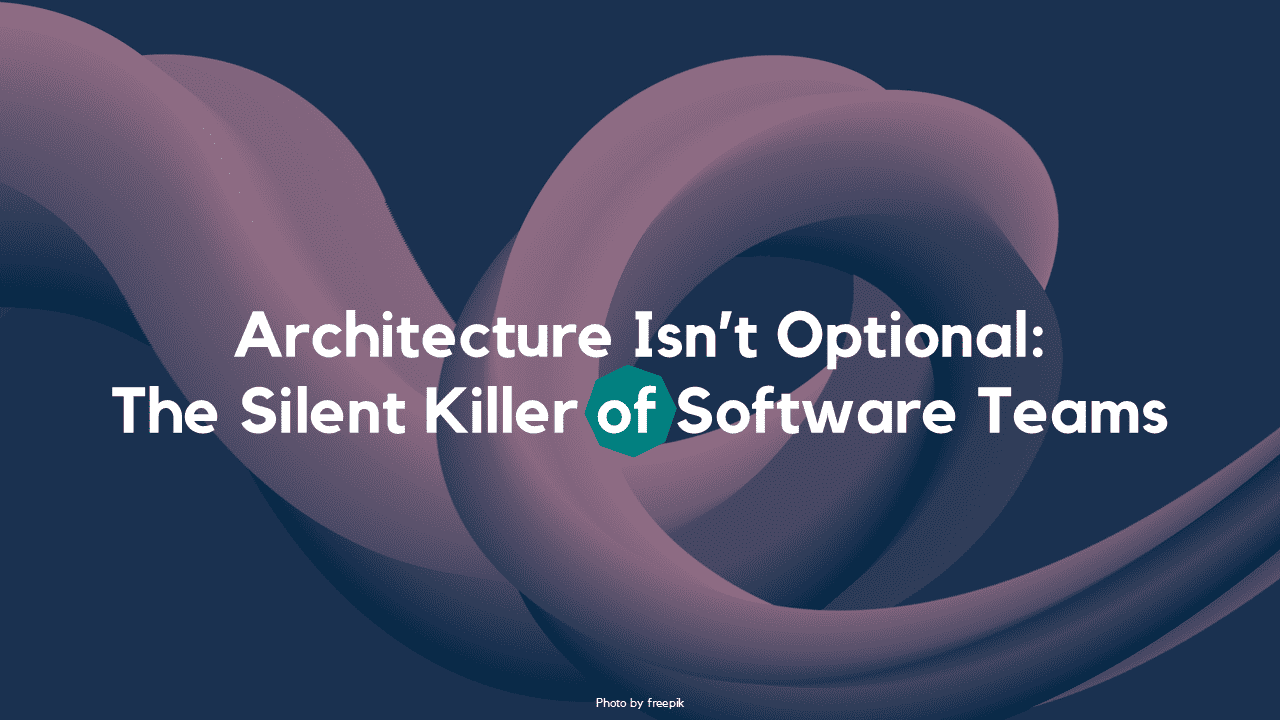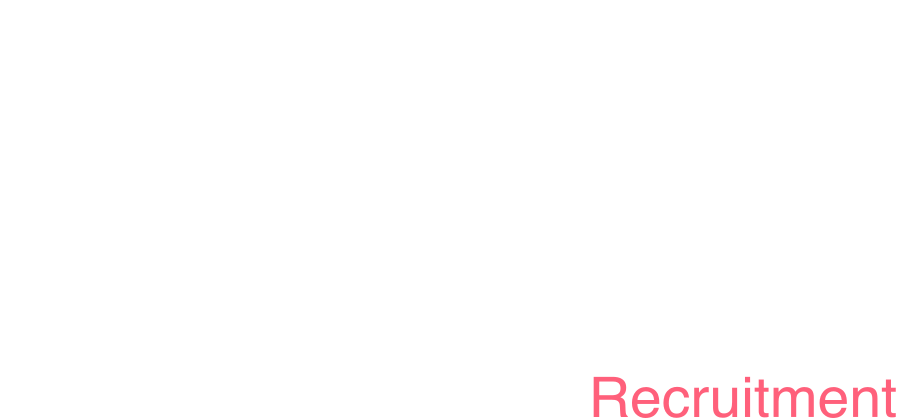
Architecture Isn’t Optional: The Silent Killer of Software Teams
17 Apr, 20254 minutesBuilding Software on Sand: How Poor Architecture Planning Costs Teams Time and TalentIn a wo...

Building Software on Sand: How Poor Architecture Planning Costs Teams Time and Talent
In a world where digital transformation is at the top of business priorities it would stand to reason that architecture design would naturally also come at a close second. Yet, a surprising number of organisations are still operating without a clear or consistent process in place.
In fact, diving into it deeper, insights suggest that a staggering 60% of software teams don’t follow a defined approach to architectural design.
While that may sound shocking at first, for many in the tech space - it’s not. It reflects the fragmented (and let’s be honest sometimes chaotic) reality of software development practices today.
This is where problems start.
At MRJ Recruitment, we speak with engineering leaders every day, from VC-backed scaleups to established tech-driven enterprises, and one thing is clear: the most successful teams invest early in architecture.
Not because it’s trendy, but because doing so reaps rewards much later. Great software doesn’t emerge from purely well-written code; it’s built on well-thought-out foundations.
The Cost of Ignoring Architecture
When teams skip or rush architectural design, the impact is felt straight away. Initially, things seem fine. Features ship, users are happy, stakeholders see progress.
But over time, technical debt begins to pile up, systems become brittle, and scaling becomes a nightmare. Code gets refactored over and over. Entire platforms are rewritten just months after launch.
We’ve seen this first-hand. Teams that delay architectural thinking often find themselves stuck battling operational issues, performance bottlenecks, or integration headaches. Worse still, from a recruitment company’s perspective with talking with candidates, when documentation is lacking, new hires have no clear understanding of system intent, slowing onboarding and increasing ramp-up time.
And yet, ironically, many of these same teams have well-documented preferences for code formatting, naming conventions, and testing libraries, while their architecture lives in an outdated Google Doc or, worse, someone’s head.
Common Pitfalls in Modern Architecture Practices
So why do so many teams struggle with architectural design? For us it comes down to a couple of key arts
1. Architecture is Treated as an Afterthought
Architecture is often treated as a one-time task, done upfront and quickly moved on from. But great architecture often evolves with the system. It needs to be revisited regularly as new features, users, and scenarios pop out.
2. Lack of Ownership
In some ways a byproduct of the previous point, but some in some organisations, no one truly owns architecture. Engineers build what works at the time, but there’s little alignment across squads. Decisions are made reactively, rather than strategically.
3. Missing or Outdated Documentation
We hear it all the time: "We had a doc... but it hasn’t been updated in a while." Documentation is only valuable if it’s current and easy to navigate.
4. Shiny Tool Syndrome
Some teams jump straight into using complex tooling (Kubernetes, Kafka, event-driven design) without deeply understanding the trade-offs. Tech choices are often made based on trends rather than suitability.
5. No Discussion Around Trade-offs
Architecture is all about choices. Every decision involves a compromise. But many teams fail to document—or even acknowledge—these trade-offs, leading to brittle systems and inflexible designs.
What High-Performing Teams Are Doing Differently
While there’s no one-size-fits-all blueprint, we’ve observed consistent patterns in teams that take architecture seriously:
1. They Use Architecture Decision Records (ADRs)
ADRs are a lightweight, version-controlled way to capture key decisions. They offer context, rationale, and traceability—all stored right in the codebase. Teams that adopt ADRs are better able to onboard new developers and revisit past decisions with confidence.
2. They Embrace Visual Modelling
Whether it’s using the C4 model, Mermaid.js, or Miro boards, visualising systems helps everyone—from engineers to execs—understand the bigger picture. And when paired with editable source files, diagrams stay relevant and maintainable.
3. They Prioritise Non-Functional Requirements (NFRs)
It’s easy to focus on features. But great systems also consider performance, scalability, reliability, and security. Top teams surface these NFRs early and ensure they shape the design from the start.
4. They Encourage Collaboration and Communication
Architecture isn’t done in a silo. The best engineering cultures bring together devs, ops, product managers, and security stakeholders to co-create architecture. Regular touchpoints ensure alignment as the system evolves.
5. They Adopt a Shared Definition of Architecture
This sounds simple, but it’s game-changing. Teams that sit down and align on what "architecture" means for them—whether it’s a formalised document, a shared philosophy, or a visual map—are able to build more consistently and with purpose.
How This Impacts Tech Hiring
As a tech recruitment partner, we’ve learned that architecture maturity isn’t just a technical concern - it’s a hiring one.
Here’s how it plays out:
- Clearer onboarding: When systems are well-architected and documented, new hires ramp up faster.
- Improved retention: Engineers want to work on systems that make sense. They want to understand the "why" behind the "how."
- Higher candidate quality: Strong engineers are drawn to teams that take architecture seriously. It signals a culture of thoughtfulness and technical depth.
- Smarter hiring conversations: When hiring managers can articulate their system’s architecture, it leads to better candidate engagement and alignment.
Architecture as a Culture, Not Just a Task
Ultimately, architecture isn’t a job title or a task on a checklist. It’s a mindset embedded in your engineering culture. It shows up in how decisions are made, how systems evolve, and how knowledge is shared.
When your architecture practice is solid, everything else gets easier: shipping features, scaling teams, handling outages, and planning roadmaps.
And as your recruitment partner, we help you find the talent that understands this. Engineers who think in systems. Architects who know the trade-offs. Product and platform leaders who care just as much about the big picture as they do the details.
Because your tech stack is only as strong as the people behind it.
Want to attract engineers who think beyond the code?
At MRJ Recruitment we power purpose-driven tech teams with engineering, product, and architecture talent that builds better from day one.
Let’s talk about how we can help you hire the people who will shape your architecture, and your future.




